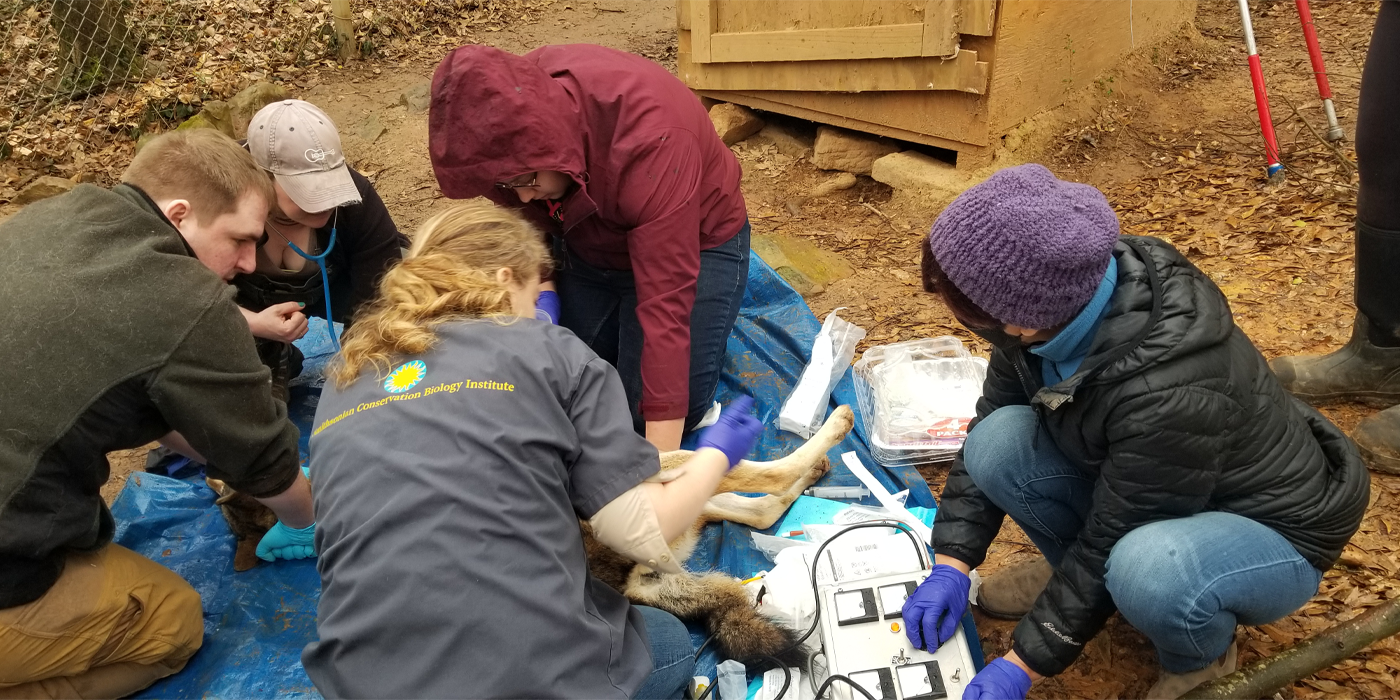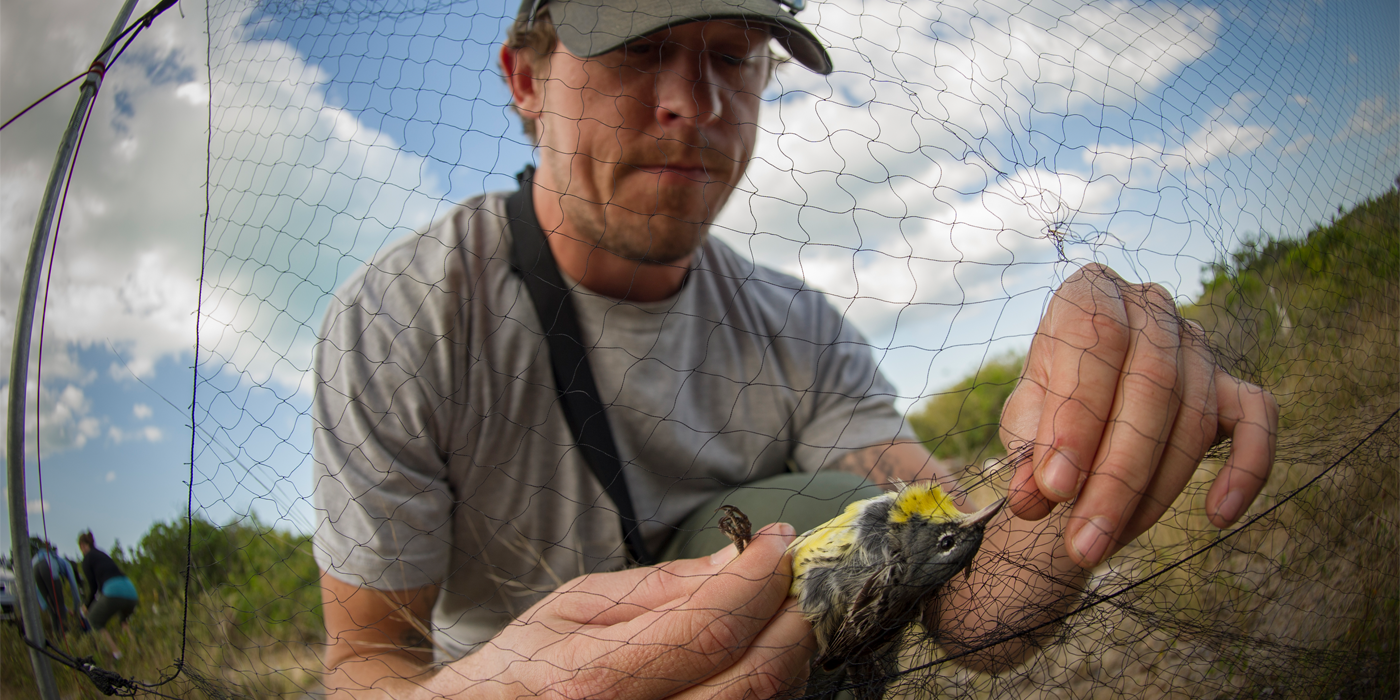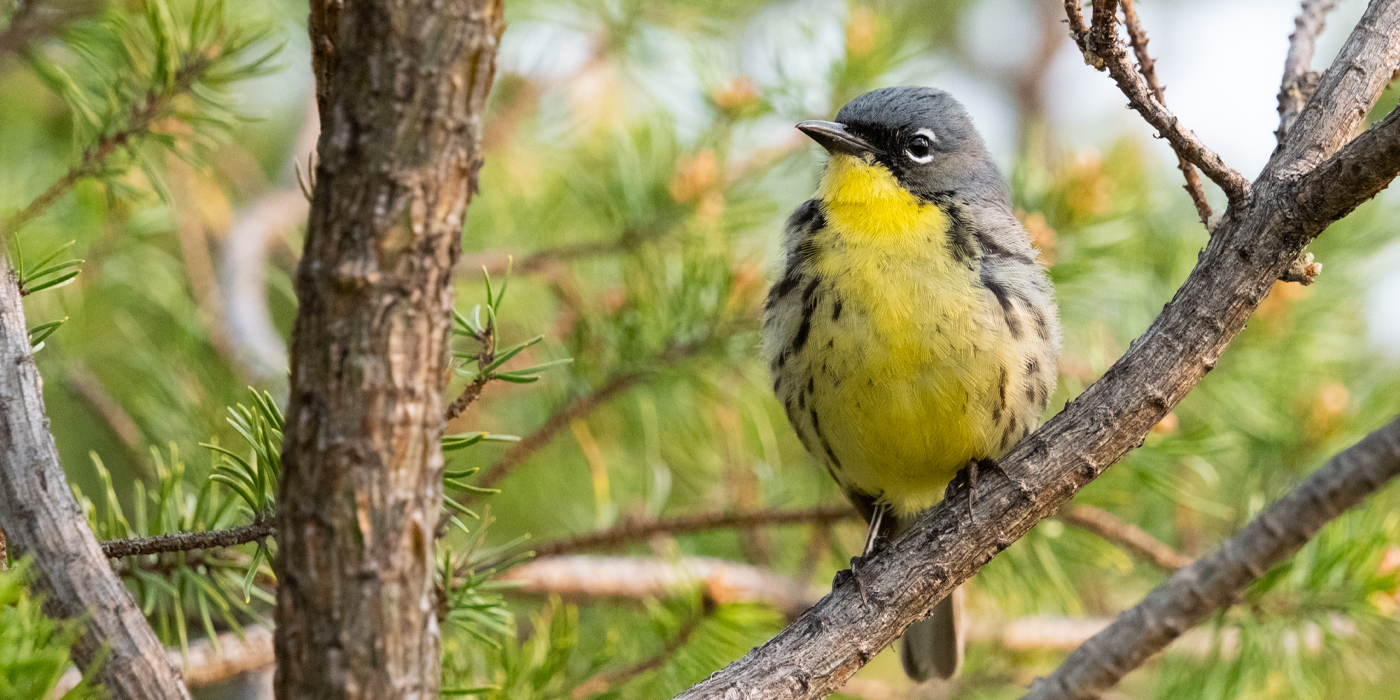A Celebration of Life: 50 Years Under the Endangered Species Act
Nearly 50 years ago today, hundreds of threatened species across the United States were given a fighting chance at survival.
After the passing of the landmark Endangered Species Act in 1973, hundreds of animal species like the bald eagle, American alligator, bison, black-footed ferret, North American whooping crane and Kirtland’s warbler were afforded the legal protections they would need to thrive in the wild once again.
But the fight isn’t over. Dozens of species, like the Hawaiian kauaʻi ʻōʻō, have been lost forever. Hundreds more are in decline. Scientists at the Smithsonian’s National Zoo and Conservation Biology Institute play a leading role in global efforts to bolster threatened populations and the ecosystems they rely on for survival.
On the 50th anniversary of the law, Smithsonian researchers discuss how environmental laws like the Endangered Species Act have turned the tide for threatened North American species:

Smithsonian ecologist Jesse Boulerice conducts field work in central Montana.
Jesse Boulerice
Research Ecologist
Conservation Ecology Center; Great Plains Science Program
The black-footed ferret remains one of the most endangered mammals in North America, with estimates that suggest less than 400 individuals are alive in the wild today. When working to save such a small population, efforts that impact even a single individual can have huge contributions to the viability of the species as a whole. The Endangered Species Act prompted measures to conserve black-footed ferret habitat, manage threats and implement breeding programs aimed at their survival. This act serves as a crucial legal framework for guiding preservation and recovery efforts aimed at downlisting the black-footed ferret.
I have been working on research, conservation and management of endangered black-footed ferret populations for over a decade. My work has focused on mitigating the impacts of diseases affecting ferrets, evaluating potential habitats for ferret populations, optimizing the likelihood of success during reintroduction efforts, and assessing new methods and tools for detecting and counting this species.
Funding opportunities provided by the Endangered Species Act allowed me to obtain the support necessary to carry out these research and conservation efforts. Without these opportunities, my career would likely have taken a different path. I strongly believe the Endangered Species Act has been paramount in slowing the loss of biodiversity within the United States and has been especially beneficial to recovery efforts for the black-footed ferret.

Smithsonian scientist Robert Fleischer, pictured on-site in Hawaii.
Robert Fleischer
Senior Research Zoologist
Center for Conservation Genomics
I have devoted much of the last 30+ years of my career trying to understand and mitigate the factors causing declines in native Hawaiian birds and other endangered populations. In some cases, we have made great strides in protecting bird species and their habitats. In others, we are still assembling the right pieces of information we hope will prove useful down the road. But during this time, species like the ʻalalā, or Hawaiian crow, and the po’ouli, a unique Hawaiian honeycreeper, have been declared extinct in the wild. This is something that can make it especially difficult to remain optimistic and motivated. (Good thing I am naturally an optimist!)
I was a college student—and an avid birder—when the law first passed with near unanimous support in Congress in 1973. As I advanced in my career as a conservation biologist, I became more aware of not only how critically important the law is for conservation, but also of some of the law’s strengths and weaknesses. And I came to appreciate that not only did it protect listed species, but also their habitats—thus serving as an umbrella for many other species not on the list. It was an amazing achievement in its day, providing critical resources, infrastructure and habitat needed to save ESA-listed species.

Dr. Jennifer Nagashima works with colleagues to gather genetic materials from a red wolf.
Jennifer Nagashima
Conservation Biologist
Center for Species Survival
I work with red wolves and whooping cranes. The Endangered Species Act provides legal protection for both species—and many more—by mandating the development of recovery plans, which are roadmaps for the coordinated recovery of a species. Becoming a part of this effort allowed me to greatly expand my network of collaborators, including representatives from the U.S. Fish and Wildlife Service (USFWS), the U.S. Geological Survey (USGS) and members of non-governmental organizations, zoological institutions and academic institutions.
Both red wolves and whooping cranes have significant spiritual meaning in dozens of Native American cultures. They also play important roles in maintaining the health of their native ecosystems, and even provide economic benefits to local communities.
Without the legal protections brought on by this legislation, the call of the whooping crane and the howl of the red wolf might have been silenced forever. I feel proud my work allows these species to endure so future generations might someday hear their call in the wild.

Smithsonian Migratory Bird Center scientists like Nathan Cooper have spent decades studying the Kirtland's warbler, one of North America's rarest songbirds. (Photo credit: Smithsonian/Tim Romano)
Nathan Cooper
Research Ecologist
Smithsonian Migratory Bird Center
Kirtland’s warbler was on the original list of endangered species when the legislation first passed in 1973. The law catalyzed the formation of a recovery team, and efforts quickly began to identify the major limiting factors to address the birds’ decline. Together, the USFWS, Michigan Department of Natural Resources and the U.S. Forest Service tested management actions, built new breeding habitats and worked to protect the warblers from parasitism by brown-headed cowbirds. The population of Kirtland’s warblers soon began to bounce back, and the recovery continued so effectively that the birds were removed from the endangered species list in 2019. This landmark piece of legislation was absolutely critical in the recovery of the Kirtland’s warbler, and surely saved the species from a grim fate.
Thanks to the structures and frameworks set in place through the Endangered Species Act, efforts and funding provided to save species have had a wonderful side effect: a large group of individuals are now trained in understanding the biology of threatened animals like the Kirtland’s warbler. The law has been highly beneficial for increasing scientific capacity to study endangered species not just in the United States, but throughout the Western Hemisphere.
Philosophically, the law confers value to nature, indicating that we, as a civilized society, value saving species and will dedicate significant resources to their conservation and management. Plus, working to conserve birds like the Kirtland’s warbler provides me with motivation, purpose and satisfaction. Knowing my research has directly led to changes in management strategy that, in turn, have had positive outcomes for an endangered species is incredibly rewarding. It means something to me to have a federal-level law providing a formal, if imperfect, means for protection and recovery.




